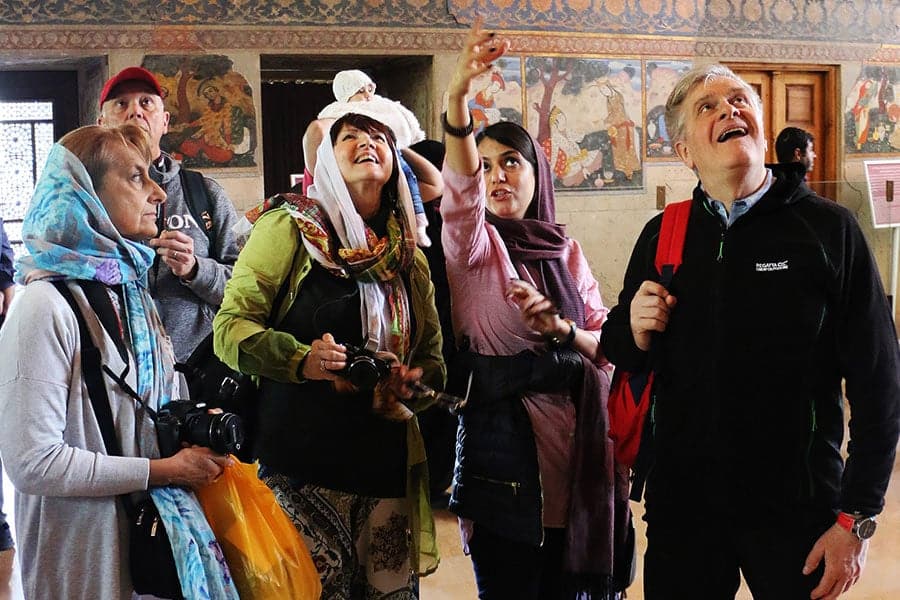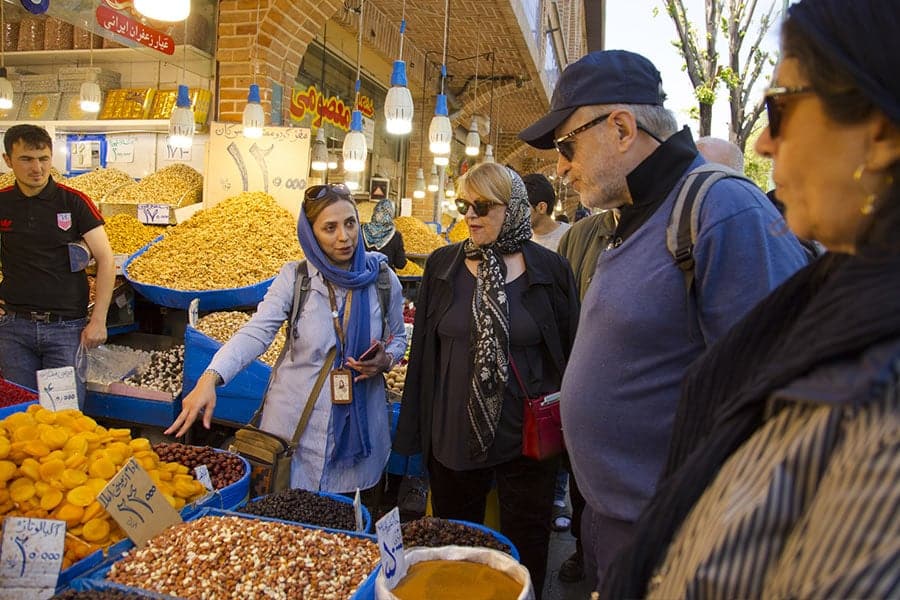Susa: Exploring Persia’s Royal Ancient Capital
Explore the Rich Heritage and Historic Ruins of Susa

Susa, or Shoush, stands as a testament to the profound depths of human civilization. Located in what is now modern-day Shush in Khuzestan, Iran, this ancient city has been a central hub of culture, politics, and commerce through various epochs. The history of Susa stretches back to its beginnings around 4200 BCE as a small village, eventually evolving into a major urban center by the early third millennium BCE.
Susa served as a vital site for major empires, such as the Elamite, Persian, and Parthian. Its prominence in history is well-documented, especially in ancient texts like the Bible, where it is noted as the setting of the Book of Esther. It also functioned as one of the administrative capitals under Darius the Great during the Achaemenid Empire, reinforcing its role as a cultural and political powerhouse.
Situated approximately 250 km east of the Tigris River, Susa is one of the world’s oldest known settlements. Archaeological evidence indicates the area was inhabited around 7000 BC, with a painted-pottery civilization emerging around 5000 BC. It was historically the primary capital of the Elamite Empire, known in Elamite as Šušan.
Susa appears in the earliest Sumerian records, such as “Enmerkar and the Lord of Aratta,” described as a city under the patronage of Inanna, the deity of Uruk. The city’s significance extends through narratives in the Hebrew Bible, where figures like Daniel and Nehemiah resided during the 6th century BC Babylonian captivity. The story of Esther, who became queen here and saved the Jews from genocide, highlights its importance in Jewish history.
The site presumed to be the Tomb of Daniel, marked by a distinctive white stone cone, possibly shaped like a Star of David, adds to the city’s historical and religious significance. Susa is also mentioned in the Book of Jubilees, noted as part of the inheritance of Shem and his eldest son Elam.
Incorporated into Sargon the Great’s Akkadian Empire around 2330 BC, Susa briefly served as the capital of an Akkadian province. The city gained brief independence under Elamite governor Kutik-Inshushinak, who declared it a literary center before it was reconquered by the neo-Sumerian Ur-III dynasty.
Today, Susa stands as a symbol of the resilience and continuity of human culture, embodying the legacy of the diverse civilizations that have made their mark on this ancient city. As a focal point for scholars and visitors alike, Susa offers a unique window into the past, serving as a crucial link in understanding the historical and cultural developments of the Near East.
Susa at a Glance
- Ancient Continuity: Susa is one of the oldest continuously inhabited cities in the world, with a history that spans over 6,000 years, from around 4200 BCE to the present.
- Cultural Melting Pot: Throughout its history, Susa served as a capital for multiple civilizations, including the Elamites, Persians, and Parthians, making it a melting pot of diverse cultures and traditions.
- Biblical Significance: Susa is mentioned in the Bible in the books of Esther, Daniel, Nehemiah, and Ezra. It is famously the setting of the story of Queen Esther who saved the Jewish people from persecution.
- Archaeological Treasure Trove: The excavation of Susa has unearthed numerous significant artifacts, including the famous stele containing the Code of Hammurabi, one of the oldest deciphered writings of significant length in the world.
- UNESCO World Heritage Site: In 2015, Susa was designated as a UNESCO World Heritage Site due to its rich historical and cultural significance and the extensive archaeological remains that provide insight into the region’s history.
The relevance of Susa today extends beyond historical interest; it is a crucial archaeological site that offers invaluable insights into the ancient Near East’s societal and architectural advancements. As such, Susa is not just a focal point for historians and archaeologists but also a captivating destination for cultural tourists from around the world, presented by SURFIRAN.
Contents
Geographical Setting
Susa is strategically positioned at the base of the Zagros Mountains, near the bank of the Karkheh River in Iran’s Khuzestan Province. This location contributed significantly to its historical prominence, providing fertile land for agriculture and a strategic position for trade and military defense. The convergence of the Karkheh and Dez Rivers around Susa brought essential water resources to the area, supporting both the city’s population and its agricultural needs through centuries.
The city’s geographical advantages facilitated extensive trade networks that connected Susa to the major civilizations of Mesopotamia, the Iranian Plateau, and the Indus Valley. These connections were crucial for the exchange of goods, cultural practices, and ideas, making Susa a melting pot of ancient cultures and a central node in prehistoric and historic trade routes.
Modern-day Susa, known as Shush, still bears the echoes of its ancient grandeur. Located in what is now a more arid landscape, Shush continues to attract scholars, history enthusiasts, and tourists, who are drawn to its ancient ruins and the tales they hold.
Managed by SURFIRAN, the site offers visitors a chance to walk through history, exploring the remnants of old city walls, palaces, and temples that tell the story of a city that was once a beacon of ancient civilization. The ongoing archaeological excavations provide a dynamic element to visits, as new discoveries continually add layers to our understanding of this historically rich site.
Historical Overview
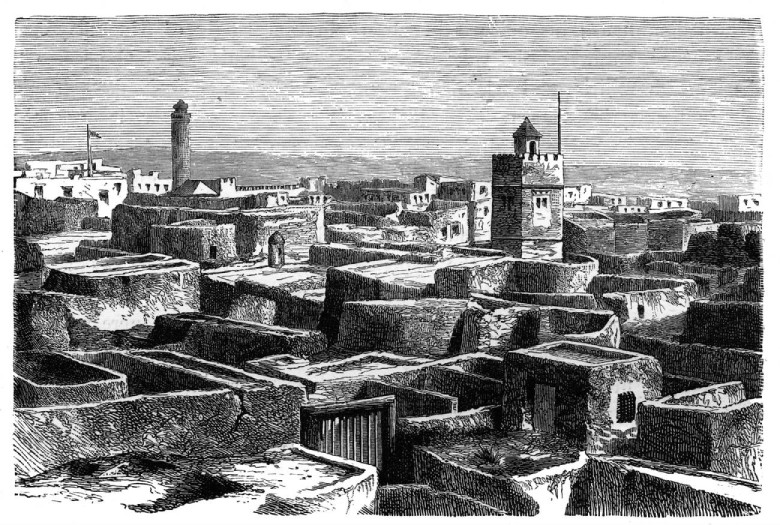
Early Settlements and Prehistoric Susa
Archaeological evidence reveals that the area around Susa was inhabited as early as 7000 BCE, marking it as one of the oldest known human settlements. Initially a small village, it benefited from its fertile surroundings and strategic location to grow into a significant settlement by around 4200 BCE. During the Proto-Elamite period (c. 3200–2700 BCE), Susa emerged as a pivotal community, evident from the discovery of thousands of clay tablets written in an undeciphered script, suggesting an early form of administrative activity and record-keeping.
The city’s early significance is further underscored by its burial practices and monumental architecture. Excavations have unearthed elaborate burial sites that indicate complex social structures and religious beliefs. One notable discovery is the Acropolis mound, where archaeologists found evidence of metalwork in copper and bronze, pointing to advanced technological skills of the inhabitants. These findings showcase Susa’s role as a center for technological innovation and cultural development in prehistoric times.
The Rise of Susa as a Cultural and Political Center
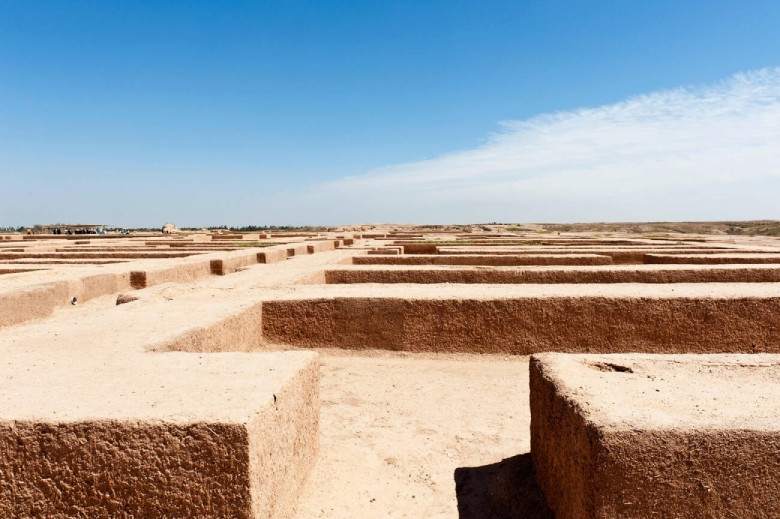
With the dawn of the Early Elamite period (c. 2700–1600 BCE), Susa’s influence expanded significantly. It became the capital of the Elamite kingdom, a powerful entity that frequently interacted with the civilizations of Mesopotamia. By the time of the Akkadian Empire (c. 2334–2154 BCE), Susa was so influential that it warranted military campaigns from Sargon of Akkad, aimed at bringing the resource-rich city under Akkadian control.
The city’s stature continued to grow, reaching a zenith during the Middle Elamite period (c. 1500–1100 BCE). This era saw Susa becoming not just a regional power but also a cultural beacon. The construction of the Susa Ziggurat under the Elamite king Untash-Napirisha around 1250 BCE exemplifies this. This massive structure dedicated to the chief god Inshushinak symbolized Susa’s religious and cultural prestige, serving both as a religious sanctuary and a display of Elamite architectural prowess.
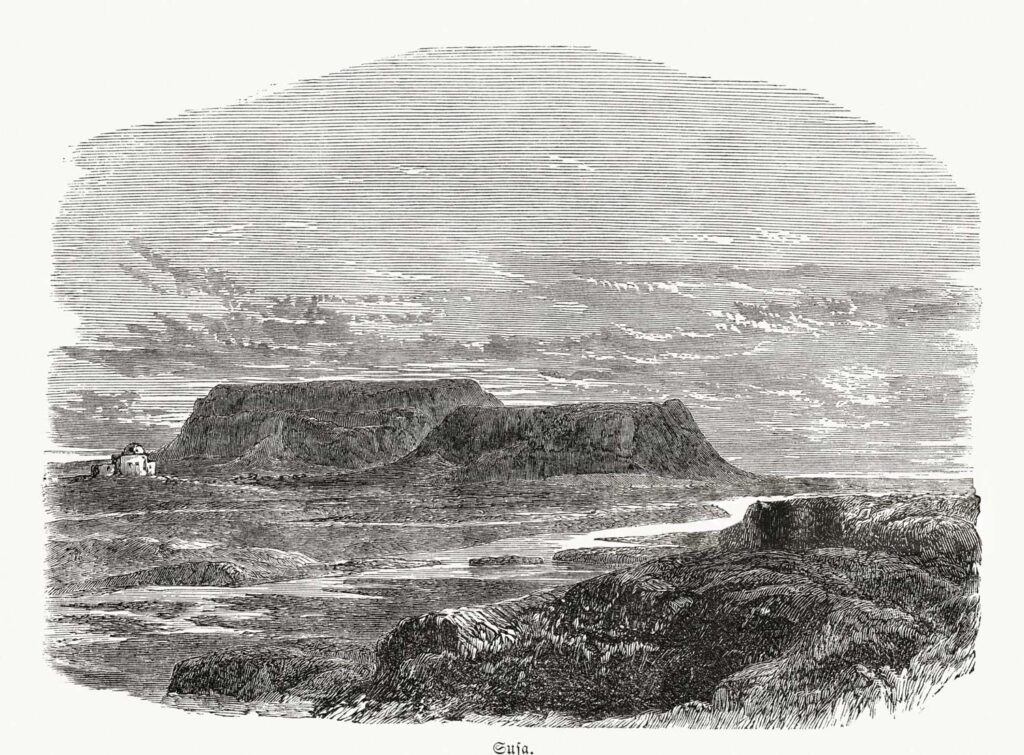
Susa’s apex as a cultural and political hub, however, came under the Achaemenid Empire (c. 550–330 BCE), when it served as one of the empire’s four capitals. The city was favored by kings like Darius the Great, who built the grand Palace of Susa. This period marked Susa’s transformation into a cosmopolitan urban center, embellished with immense palaces, lush gardens, and monumental gateways adorned with impressive reliefs depicting the empire’s might and diversity.
Susa Through the Ages
Elamite Period: Foundation and Early Dominance
The origins of Susa as an urban center can be traced back to the Elamite civilization, one of the oldest recorded cultures in Iran. By the third millennium BCE, Susa had become the heart of the Elamite kingdom, serving as both a political and religious capital. As described in historical and archaeological findings, Susa during this period was a fortified city with an extensive administrative complex. Significant artifacts from this era, such as the stele bearing the Code of Hammurabi, which was brought to Susa after being seized from Babylon, underscore its importance as a center of power and culture.
This period saw Susa’s architects and artisans achieve remarkable feats in bronze casting and ceramics, which were highly valued by surrounding civilizations. The city was laid out with grandiose structures and was enveloped by robust defensive walls, parts of which have been excavated, revealing details about Elamite urban planning and military architecture.
Achaemenid Era: The Glory Days
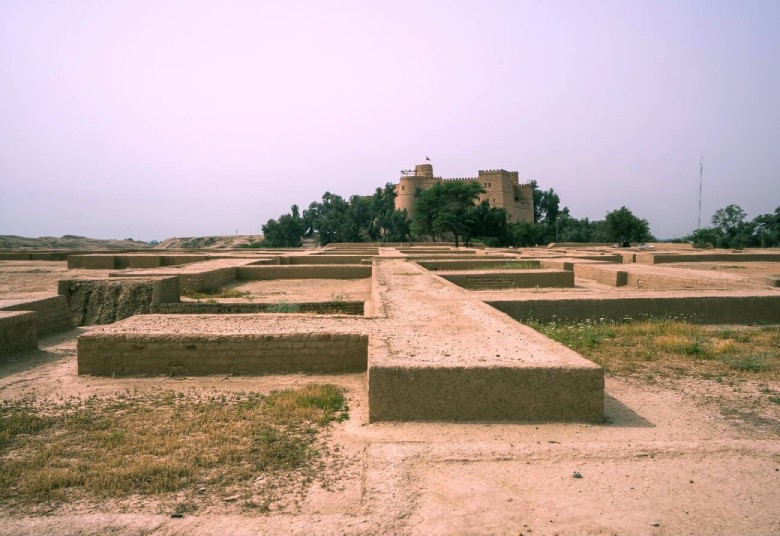
Under the Achaemenid Empire, Susa reached unprecedented heights, particularly during the reigns of Darius the Great and his successors. Darius established one of his residences here, constructing the magnificent Palace of Susa. This era is well-documented by the inscription on the foundation tablets of the palace, which celebrated Susa’s role as a “great city,” a testament to its splendor and significance.
The palace complex, decorated with sumptuous glazed brick reliefs depicting lions, bulls, and flowers, represented the empire’s artistic achievements. The Apadana, Darius’ audience hall, featured 72 columns and was adorned with elaborate carvings that showcased the diversity of the Achaemenid Empire. These artworks highlighted the cultural and political significance of Susa within the empire, serving as a venue for significant ceremonial functions and royal receptions.
Seleucid, Parthian, and Sasanian Periods: Changes Under Various Empires
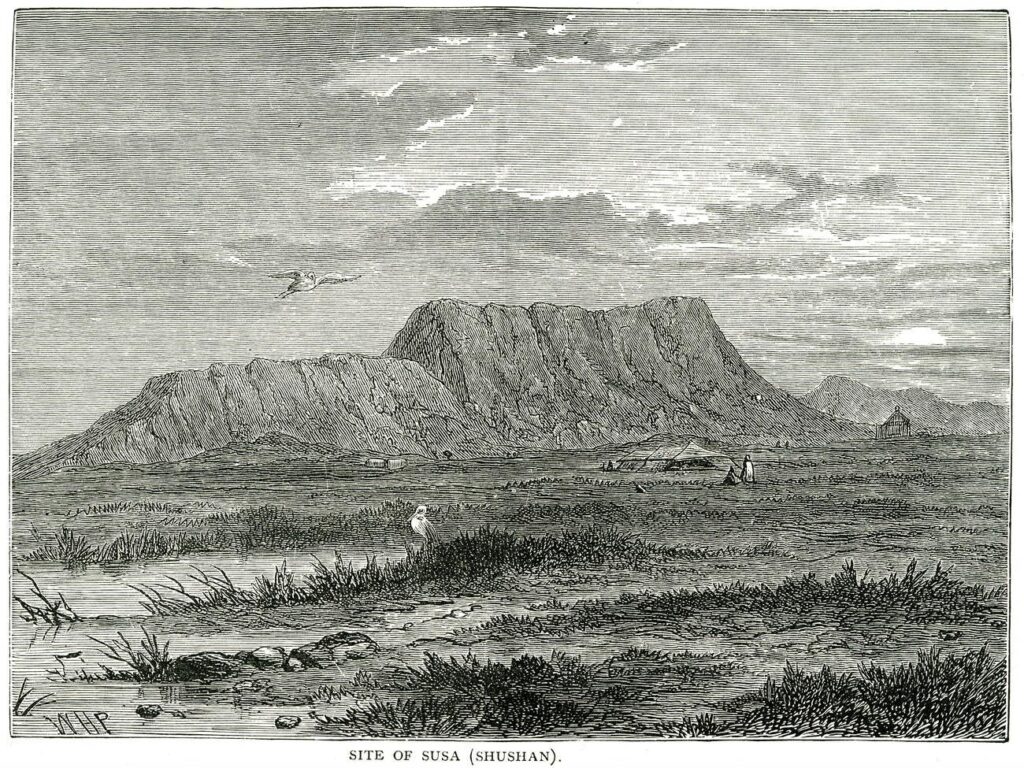
After Alexander the Great’s conquest of the Persian Empire, Susa became part of the Seleucid Empire. The city was known as Seleucia on the Eulaeus during this period, reflecting its continued importance but also the changes in its cultural landscape, with Greek art and architecture leaving its mark.
The Parthian and Sasanian periods saw Susa serving as a strategic location and occasionally as a royal residence. Under the Parthians, it was one of the empire’s capitals, a status that it retained intermittently throughout the Sasanian era. During these times, Susa was a cosmopolitan hub influenced by both Persian traditions and Hellenistic cultural influxes, evident in the hybrid architectural styles and art forms discovered in the ruins.
Islamic Conquest and Later Periods
Susa’s conquest by Muslim armies in 638 CE marked the beginning of a new era. The city, renamed Shush, became an important Islamic center. Despite suffering damage during the conquest, it was quickly rebuilt, and several Islamic structures were established, adding to its diverse architectural heritage.
However, by the 12th century, Susa faced new challenges as the region came under repeated attacks during the Crusades and later the Mongol invasions. The city was ultimately destroyed by the Mongols in 1218 CE, a catastrophic event that led to its gradual decline. Despite this, Susa’s historical and cultural legacy continued to resonate, as the area remained a site of interest for archaeologists and historians, eager to uncover its past glories.
Major Archaeological Discoveries
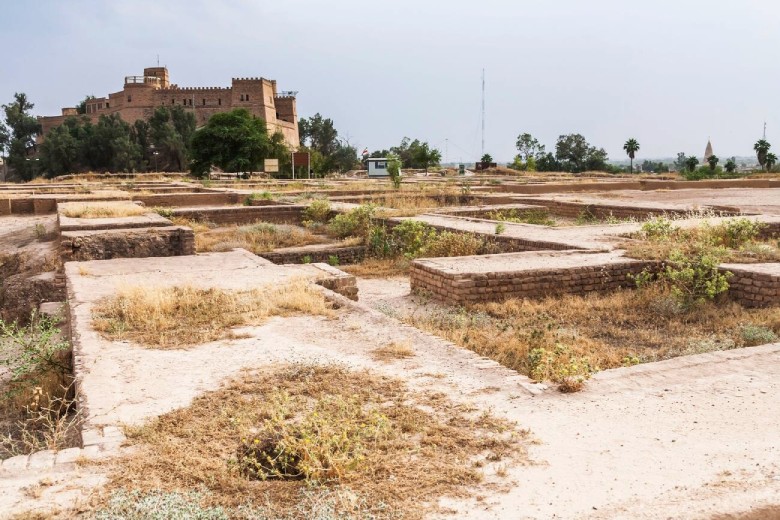
Key Excavations and Findings
Susa has been a focal point for archaeological exploration due to its extensive history and its role in several major ancient civilizations. Since the initial recognition of its significance in the 19th century, Susa has undergone numerous archaeological excavations that have uncovered a wealth of artifacts and architectural remnants, shedding light on thousands of years of human history.
One of the most significant excavations at Susa was conducted by French archaeologist Jacques de Morgan at the turn of the 20th century. De Morgan uncovered the famous stele of the Code of Hammurabi, which had been brought to Susa by the Elamites after they sacked Babylon. This stele is a cornerstone of legal history, providing insight into the social and legal structures of ancient Mesopotamia.
Further extensive excavations led by Roman Ghirshman in the mid-20th century revealed more about the layout and structure of the city, particularly from the Achaemenid period. Ghirshman’s team excavated the residential and palatial areas, including the grand palace built by Darius the Great. These digs unearthed a wealth of material, including glazed brick reliefs, pottery, and inscriptions that illustrated the city’s opulence and importance.
The Significance of Proto-Elamite Tablets and Other Artifacts
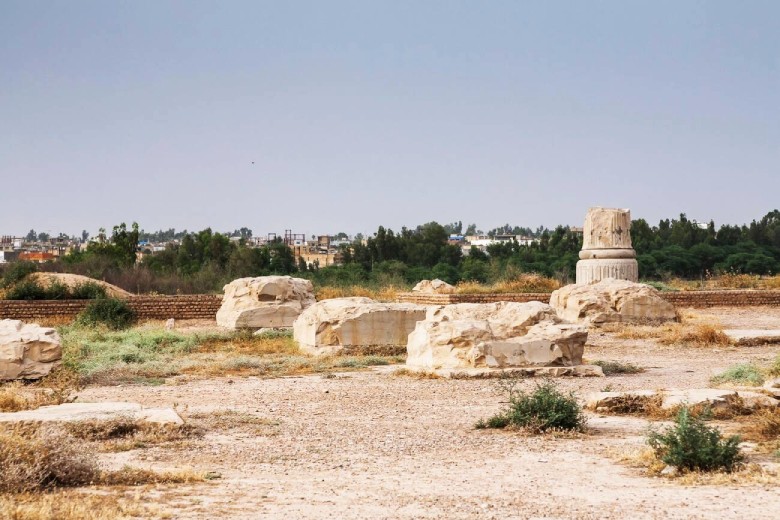
Among the treasures discovered at Susa, the Proto-Elamite tablets hold particular historical importance. Unearthed primarily during the early excavations in the 1900s, these tablets represent the oldest known form of writing in Iran and predate the use of cuneiform in the region. Written around 3100 BCE, these tablets are crucial for understanding the administrative and economic aspects of the Proto-Elamite period. However, the script remains undeciphered, presenting a significant mystery for linguists and historians.
The artifacts discovered in Susa do not only include written records but also a range of material culture that provides a broader understanding of Elamite society. Ceramic goods, metal tools, and decorative items like jewelry and statuary found at Susa illustrate the daily life, technological prowess, and artistic sensibilities of its inhabitants across various epochs. These findings have helped scholars piece together the city’s evolution from a regional power in the Elamite period to a major urban center under the Achaemenids.
Susa’s archaeological significance is also highlighted by the discovery of a unique vaulted construction found in the remains of the Acropolis, dating back to the Elamite period. This architectural feature suggests advanced construction techniques and influences that may have spread throughout the region.
In addition to tangible artifacts, the architectural ruins themselves, including the remnants of the ziggurat and the royal palaces, offer profound insights into ancient construction techniques, urban planning, and the aesthetic preferences of the time. These structures, coupled with the smaller personal items found, paint a vivid picture of life in ancient Susa, showcasing its significance as a cultural, religious, and economic hub.
Susa’s Cultural and Architectural Heritage
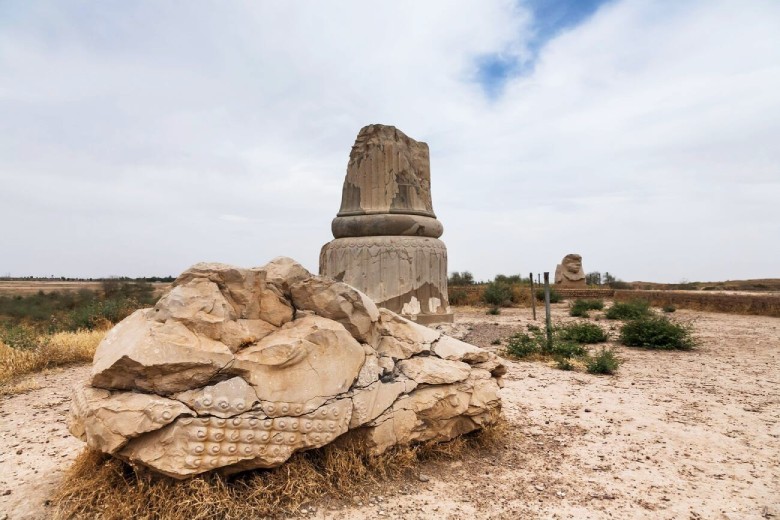
Architectural Styles Through Different Eras
Susa’s long history is vividly reflected in its varied architectural styles, which evolved through several eras, each influenced by the dominant cultural and political forces of the time. From the early Elamite structures to the grandiose Achaemenid constructions, and later the adaptations during the Seleucid, Parthian, and Sasanian periods, Susa’s architecture provides a visual narrative of its historical and cultural transformations.
During the Elamite period, Susa was characterized by ziggurats and temple complexes that signified its religious and administrative significance. These structures were robust and made predominantly from baked brick, a common material in the construction practices of ancient Near Eastern civilizations. The use of glazed bricks began to appear, hinting at the aesthetic developments that would become prominent in later periods.
The Achaemenid era introduced more elaborate constructions. The Palace of Darius at Susa, built around 522 BCE, is a prime example of the opulent architectural style of this period. The palace was famed for its vast columned halls and exquisite relief sculptures that depicted figures from across the empire, symbolizing the unity and diversity of Darius’ realm. This period saw the introduction of large stone columns, intricate stone carvings, and the extensive use of glazed tiles that adorned the walls and gates of the palace.
Major Monuments and Their Histories
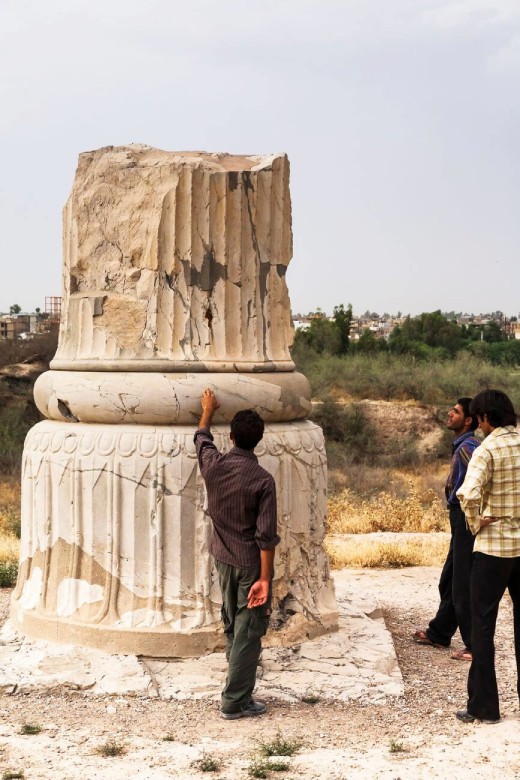
Among Susa’s most significant architectural contributions are the Palace of Darius and the Susa Ziggurat. The palace was not just a royal residence; it served as a crucial administrative center where Darius hosted dignitaries and managed the affairs of the empire. The structure was strategically designed to display the wealth and power of the Achaemenid Empire, with materials sourced from across its vast territories, including cedar from Lebanon and gold from Sardis.
The Susa Ziggurat, part of the religious complex dedicated to the chief god Inshushinak, was another architectural marvel of its time. Initially constructed during the Elamite period and later restored by the Assyrians and Persians, the ziggurat’s massive size and layered design were meant to elevate it towards the heavens, serving as a bridge between the divine and the earthly realms. Its grand scale and the ceremonial significance remained a focal point of Susa’s spiritual life for centuries.
During the Seleucid and Parthian periods, Susa’s architectural style reflected Greek influences, visible in the design of new city layouts and the construction of gymnasiums and theatres, blending Persian and Hellenistic elements. The Sasanian period saw the construction of fortified structures and grand palaces that emphasized frontality and monumental scale, often decorated with intricate mosaics and frescoes that depicted royal hunts and mythological scenes.
The Legacy of Susa
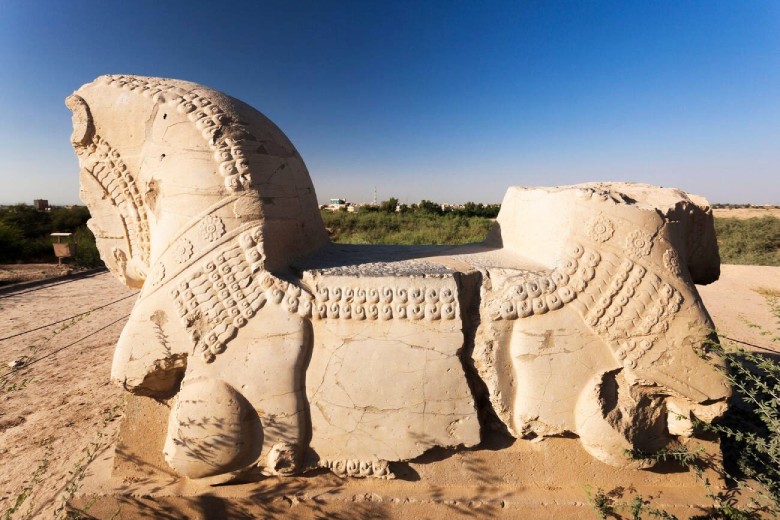
Influence on Art, Culture, and Politics in the Region
Susa’s impact on the art, culture, and politics of the ancient Near East is profound and long-lasting. As a major hub of various empires, Susa absorbed and disseminated cultural influences that shaped the region’s historical trajectory. The city’s strategic position facilitated the intermingling of artistic traditions and political ideas, creating a melting pot that enriched its cultural fabric.
In terms of art, Susa is renowned for its intricate ceramics, metalwork, and monumental sculpture. The glazed brick reliefs found in the Palace of Darius are particularly notable for their exquisite craftsmanship and vibrant colors. These artworks not only depict the cosmopolitan nature of the Achaemenid Empire but also demonstrate advanced techniques in ceramics and stone carving that influenced subsequent artistic developments across the region.
The city’s cultural influence is also evident in its role as a center for the dissemination of Elamite and later Persian languages and scripts. Susa was a key site for the development and propagation of cuneiform script, which was used across Mesopotamia. The discovery of numerous tablets and inscriptions in Susa has provided scholars with critical insights into the administrative, economic, and legal practices of ancient civilizations, showcasing the city’s role in the evolution of written communication.
Political influence was exerted through Susa’s status as a capital of multiple empires, from Elamite to Persian and beyond. It served as a venue for significant political events, including royal declarations and the reception of foreign dignitaries. This positioned Susa not only as a center of power but also as a crucial player in the diplomatic engagements that shaped the politics of the ancient Near East.
Susa in Religious Texts and Historical Documents
Susa holds a special place in various religious texts and historical documents, which highlight its spiritual and mythical significance. In the Bible, Susa is mentioned prominently in the Book of Esther as the site of profound Jewish historical events. Esther, the Jewish queen of King Xerxes of Persia, is said to have saved her people from genocide with her courageous acts within the royal court of Susa. This story has imbued the city with a deep religious heritage that resonates with Jewish communities worldwide.
The city is also referenced in Islamic texts following the Muslim conquest in the 7th century CE. Historical documents from the Islamic period describe the transformation of Susa into an Islamic cultural center, where mosques and madrasas were established, contributing to the spread of Islamic teachings and practices.
In ancient historical records, such as those by Greek historians, Susa is often cited as a symbol of imperial grandeur and administrative efficiency. The Greek historian Herodotus, for example, provided detailed descriptions of Susa in his accounts of the Persian Wars, noting its wealth and strategic importance as one of the Persian Empire’s capitals.
Visiting Susa Today: A Travel Guide
How to Get There
Accessing Susa, or modern-day Shush, is relatively straightforward thanks to its proximity to major cities and well-established transport links. The nearest major city is Ahvaz, which is approximately 100 kilometers away. Ahvaz is accessible by both air and rail from major Iranian cities like Tehran and Isfahan.
From Ahvaz, visitors can travel to Susa by road. Regular bus services and taxis are available, offering convenient and affordable options for reaching the site. For those preferring a more personalized experience, SURFIRAN offers guided tours that include transportation to and from Susa, ensuring a comfortable and informative journey.
Tips for Tourists: Best Times to Visit, Local Customs, and Considerations
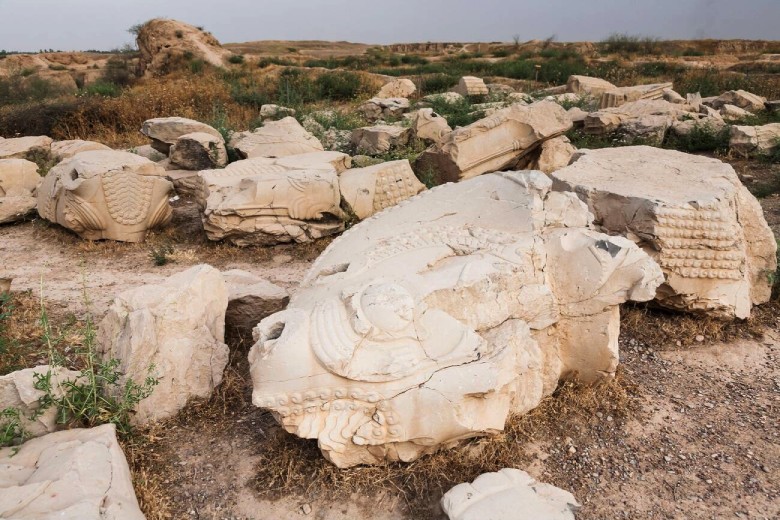
The best time to visit Susa is during the cooler months from October to April. Temperatures during these months are more moderate, making outdoor exploration of the archaeological site much more pleasant.
Respecting local customs is crucial when visiting Susa. Tourists are advised to dress modestly in line with Iranian cultural norms—long sleeves and trousers for men, and headscarves, long sleeves, and skirts or trousers for women. Understanding and respecting these norms not only enriches the travel experience but also fosters a respectful engagement with local communities.
Language can be a barrier, so having a guide who speaks both Persian and English can greatly enhance your visit. SURFIRAN guides offer insights not only into the archaeological site but also into the historical context and significance of the finds.
Highlights and Must-See Locations
- The Palace of Darius: This is the jewel of Susa’s archaeological site. The palace complex’s ruins give a glimpse into the grandeur of the Achaemenid Empire, with its vast columned hall and impressive reliefs.
- The Apadana of Susa: Part of the larger palace complex, the Apadana’s remains include a large number of sculptured friezes depicting the ethnic diversity of the Persian Empire, making it a fascinating site for history enthusiasts.
- The Susa Acropolis: Climbing the acropolis offers not only a historical journey through the layers of Susa’s past but also panoramic views of the entire area, including the excavation sites and the modern town of Shush.
- The Tomb of Daniel: An important religious site, the Tomb of Daniel is revered by several religious traditions. It provides a unique spiritual dimension to the visit, reflecting the historical and religious significance of Susa through the ages.
- Susa Museum: Located near the archaeological site, the museum houses many artifacts discovered during excavations, including cuneiform tablets, pottery, and statuettes. It offers an insightful, curated experience of Susa’s history from the prehistoric to the Islamic periods.
Preservation Efforts
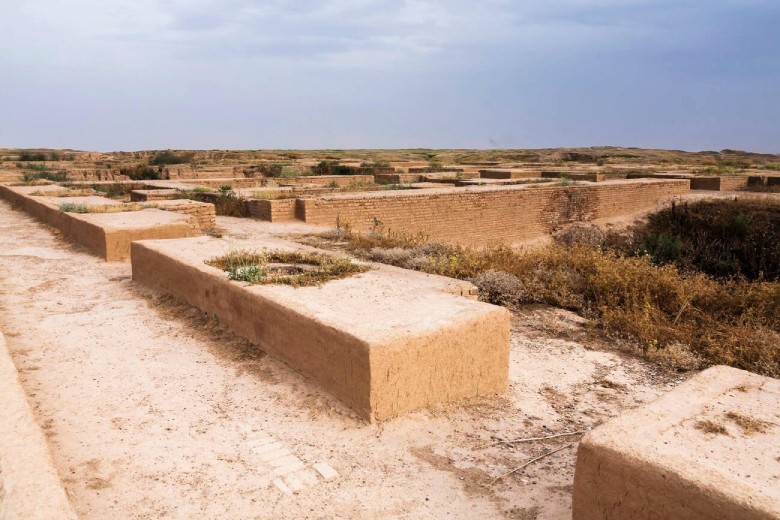
Challenges in Conserving the Site
The preservation of Susa has faced numerous challenges over the years, stemming from both natural and human-induced factors. One of the primary concerns is environmental degradation. The site is susceptible to erosion due to its location in a region with significant temperature fluctuations and occasional heavy rainfall, which can weaken the structural integrity of unearthed ruins and lead to the deterioration of fragile artifacts.
Another significant challenge is unregulated tourism. While visitor interest in Susa is beneficial for raising awareness and generating funding for preservation efforts, the influx of tourists can also pose a risk to the site’s preservation. Foot traffic and inadequate infrastructure to manage large groups can lead to physical damage to the ancient structures and artifacts.
Additionally, Susa’s location in an area with ongoing developmental pressures means that urban expansion and agricultural activities pose a constant threat to the site’s integrity. These activities can lead to accidental damage to unexcavated areas and can complicate efforts to protect and study the site comprehensively.
Role of International Organizations like UNESCO
International organizations, particularly UNESCO, play a crucial role in the preservation efforts at Susa. Recognized as a World Heritage Site, Susa benefits from both the protective status this designation confers and the global attention it brings. UNESCO’s involvement has helped to standardize conservation practices and bring in international expertise and funding necessary for large-scale preservation projects.
UNESCO collaborates with local authorities to develop and implement comprehensive management plans that address both the preservation of the site and the needs of the local community. These plans include strategies for sustainable tourism, which aim to balance visitor access with the preservation of the site’s historical and cultural integrity.
Furthermore, UNESCO’s emergency funds have been mobilized in the past to address specific threats to the site, such as stabilization of structures at risk of collapse and restoration of damaged artifacts. These interventions are critical in ensuring that immediate threats to the site’s preservation are effectively managed.
Capacity building is another area where UNESCO contributes significantly. By organizing training and workshops for local conservation staff, UNESCO helps ensure that the site is managed according to international best practices. These programs often focus on modern conservation techniques, disaster risk preparedness, and sustainable tourism management.
Explore the Rich Heritage Around Susa
Susa, an ancient city with a layered history spanning several millennia, is a cornerstone of archaeological and historical research in Iran. While visiting Susa, travelers can enhance their experience by exploring a variety of nearby sites that illuminate the area’s extensive cultural heritage.
The Tomb of Daniel
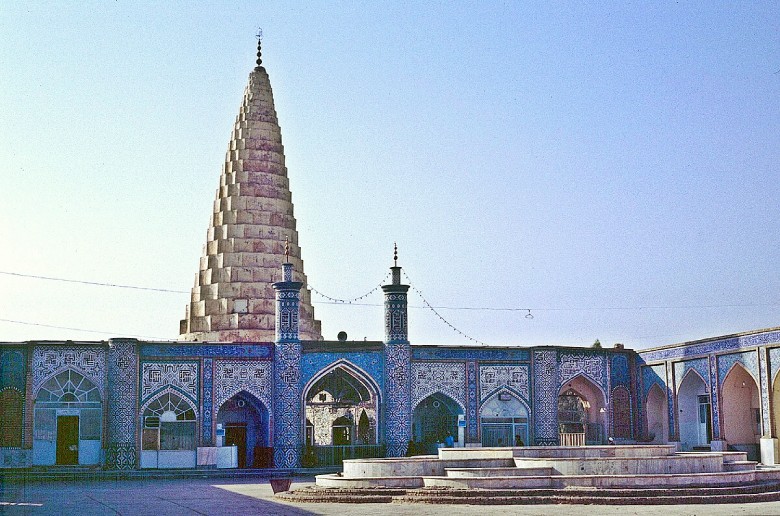
Located in the heart of Susa, the Tomb of Daniel is a revered site for both Jews and Muslims. It is believed to house the remains of the biblical prophet Daniel. This site attracts numerous visitors due to its spiritual significance and the architectural beauty of its shrine.
Chogha Zanbil
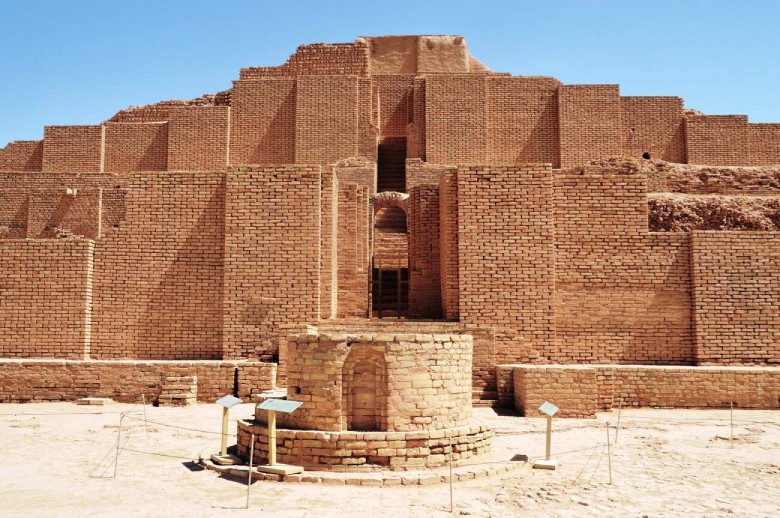
Just a short drive from Susa, Chogha Zanbil is one of the most well-preserved ziggurats outside of Mesopotamia. This UNESCO World Heritage site dates back to the Elamite period and offers an exceptional example of the religious architecture that characterized ancient Elam.
Haft Tappeh
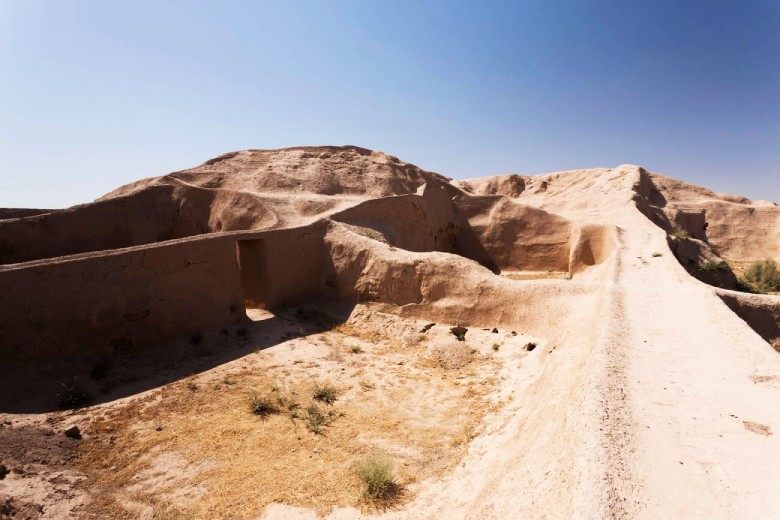
Adjacent to Susa is Haft Tappeh, another significant archaeological site that dates back to around 1500 BCE. Like Susa, it provides insights into the Elamite civilization through its ruins, which include a royal necropolis and several mud-brick buildings.
The Shush Castle
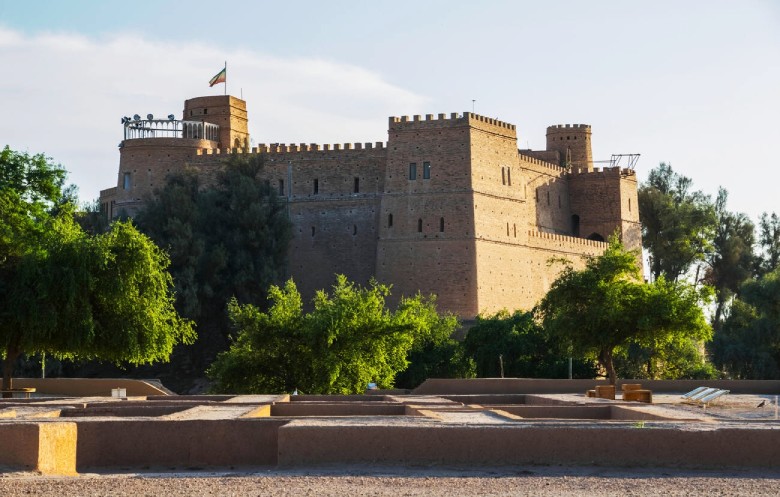
Constructed in the late 19th century using bricks from the ancient city, Shush Castle resembles medieval European castles and serves as a museum today. The castle provides a picturesque overview of Susa and houses many artifacts discovered in the area, offering context to the site’s rich archaeological layers.
Conclusion
The Enduring Legacy of Susa
Susa’s enduring legacy is a testament to its historical significance and the rich cultural narratives embedded within its ruins. As one of the oldest continuously inhabited cities in the world, Susa offers a unique window into the evolution of civilizations from the Proto-Elamite period through successive empires including the Achaemenid, Seleucid, Parthian, and Sasanian, and into the Islamic era. Its complex history not only provides invaluable insights into ancient urban development, governance, and cultural exchange but also highlights the adaptability and resilience of human societies.
The archaeological site of Susa, with its grand palaces, imposing ziggurats, and diverse artifacts, continues to captivate historians, archaeologists, and tourists alike. Each layer unearthed contributes to a deeper understanding of the human past, reinforcing Susa’s status as a cornerstone of global heritage. The city’s narrative, richly supplemented by detailed inscriptions, architectural marvels, and artistic achievements, underscores the sophistication and complexity of ancient societies.
Future Prospects and Upcoming Projects
Looking forward, the preservation and study of Susa are set to benefit from both continued international support and advancements in archaeological technology. SURFIRAN, along with global heritage organizations like UNESCO, is deeply committed to the ongoing efforts to conserve this invaluable site. Future projects are aimed not only at conserving existing structures but also at uncovering further aspects of Susa’s past through more sophisticated archaeological methods.
Technological advancements such as digital mapping, remote sensing, and 3D modeling promise to revolutionize how we understand and interact with ancient sites. These technologies will enable more precise excavations, allow for the virtual reconstruction of damaged structures, and provide the public with more engaging and educational ways to experience Susa’s history.
Furthermore, upcoming projects in Susa include the development of better visitor infrastructure to ensure that tourism continues to benefit the site without compromising its integrity. Plans are underway to improve visitor centers, signage, and interactive guides that will enhance the educational aspect of site visits while ensuring that foot traffic and environmental impacts are carefully managed.
Educational and community involvement initiatives are also critical components of future plans. These programs aim to engage local communities and international audiences alike, fostering a broader appreciation and commitment to preserving our shared heritage. By involving local populations in the site’s preservation, providing educational opportunities, and promoting cultural tourism, Susa can remain a vibrant part of both the local identity and the global heritage landscape.
In conclusion, the legacy of Susa is as dynamic as it is ancient. With ongoing efforts to preserve its physical remains and interpret its histories, Susa remains a vibrant, living testament to humanity’s enduring ingenuity and cultural richness. As we look to the future, Susa stands poised to continue its role as a beacon of historical and cultural knowledge, cherished by both the people of Iran and the international community, with the enthusiastic support and promotion by SURFIRAN.
Useful Resources
If you’re looking to delve deeper into the history and archaeology of Susa, there are several resources that offer extensive insights. Here are some recommended books, articles, and online resources that can provide further information:
- “The Archaeology of Elam: Formation and Transformation of an Ancient Iranian State” by D. T. Potts – This book is comprehensive and provides a detailed account of Elam, including Susa’s role within the state. It covers various aspects from the earliest settlements to the period of Elamite decline.
- “Susa: The History and Legacy of the Elamite Capital in the Ancient Near East” by Charles River Editors – This accessible book offers an overview of Susa’s history and its importance in the ancient Near East, making it suitable for both academic and general audiences.
- “Persepolis and Ancient Iran” by the Oriental Institute of the University of Chicago – This online archive contains numerous photos and descriptions of artifacts from Susa and other sites within ancient Persia, providing visual context to the textual information.
- “Iran: Seven Faces of Civilization” – This documentary by Abbas Kiarostami explores Iran’s rich cultural heritage, including segments on Susa, which are visually engaging and informative.
- JSTOR and Project Muse – These academic databases offer access to numerous scholarly articles on Susa. They are excellent resources for in-depth studies on specific aspects of Susa’s history, art, and archaeology.
- The British Museum Website – Offers detailed descriptions and images of artifacts from Susa held in their collection. This is a great resource for understanding the artistic and material culture of Susa.
- Louvre Museum Official Website – The Louvre houses an extensive collection of artifacts from Susa, including the famous Hammurabi stele. Their website provides images and descriptions that are invaluable for anyone interested in Susa’s art and archaeology.
Read More
